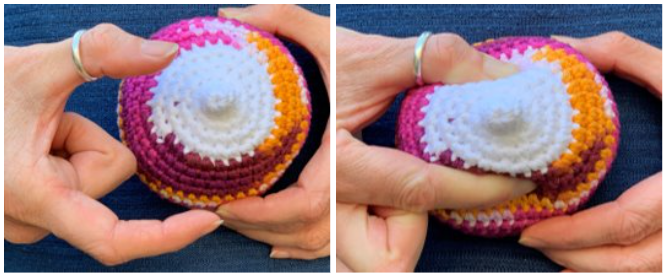Neonatal hypoglycaemia is a crucial concern in newborn care, affecting over 1 in 4 infants who are at risk. Among these at-risk infants, more than a quarter are found to have low glucose levels within their first hours of life. Despite the widespread monitoring of infant glucose levels globally, significant gaps remain in understanding the impact of low glucose levels on term and near-term infants.
What is Neonatal Hypoglycaemia?
Neonatal hypoglycaemia refers to lower-than-normal blood sugar levels in newborns. This condition can arise due to several factors, including premature birth, being large for gestational age, or maternal diabetes. Recognising and managing hypoglycaemia early is essential to prevent potential brain damage, although determining the precise thresholds and duration that pose risks remains complex.
Guidelines for Monitoring and Treatment
A comprehensive review and update on neonatal hypoglycaemia protocols highlight the need for balancing the risk of undertreatment against overtreatment. The updated guidelines aim to help healthcare providers navigate various existing recommendations, identify areas of agreement and divergence, and customise policies for their specific settings.
Avoiding Overtreatment
Overtreatment can pose risks to both mother and infant. Examples include:
- Unnecessary glucose testing for every newborn
- Separation of mother and baby without a clear medical need
- Routine NICU admission for at-risk infants, leading to prolonged hospital stays and higher costs
- Excessive use of intravenous fluids, medications, and formula
- Risk of hyperglycaemia and decreased breastfeeding, which can have long-term health implications
Healthcare providers are encouraged to avoid these practices unless absolutely necessary, focusing instead on evidence-based approaches tailored to the individual needs of each infant.
The Role of Continuous Skin-to-Skin Contact
Continuous skin-to-skin contact is vital for newborns and can coexist with hypoglycaemia management. Trained caregivers can perform necessary assessments, such as heel sticks and administering glucose gel, without disrupting this crucial bonding period. This approach supports both immediate health needs and long-term breastfeeding success.
Timing of Glucose Measurements
For infants at risk of hyperinsulinaemia, timely glucose measurement is essential. Asymptomatic, at-risk infants, such as those born to poorly controlled diabetic mothers, should be screened by 60 minutes of age. Other at-risk infants should be screened before their second feeding or 2-4 hours after birth, depending on their specific risk factors.
Promoting Breast Milk Over Formula
In cases of hypoglycaemia, breast milk is the preferred supplement for several reasons:
- Reduces risks associated with formula, such as overfeeding, increased intestinal permeability, and altered gut microbiome
- Supports maternal confidence and encourages ongoing breastfeeding
- Conveys that supplementation is temporary and leads back to exclusive breastfeeding
Using breast milk helps convey to families that this intervention is a step towards ensuring the newborn’s health while supporting long-term breastfeeding goals.
Conclusion
Understanding and managing neonatal hypoglycaemia requires a nuanced approach that balances immediate medical needs with the importance of early bonding and breastfeeding. By adhering to updated guidelines and focusing on individualised care, healthcare providers can support the health and well-being of newborns and their families during this critical period.




